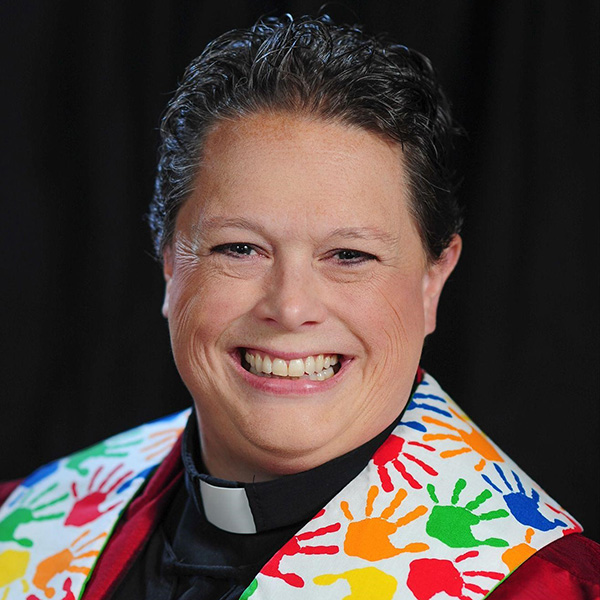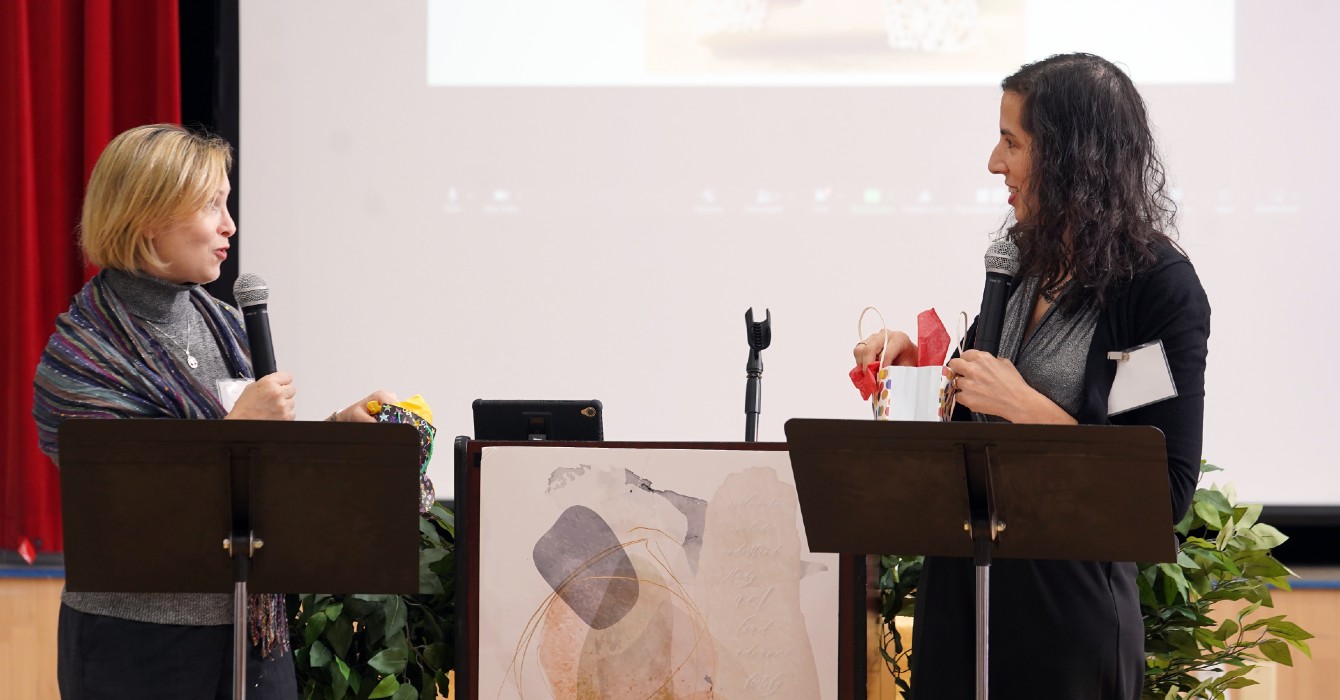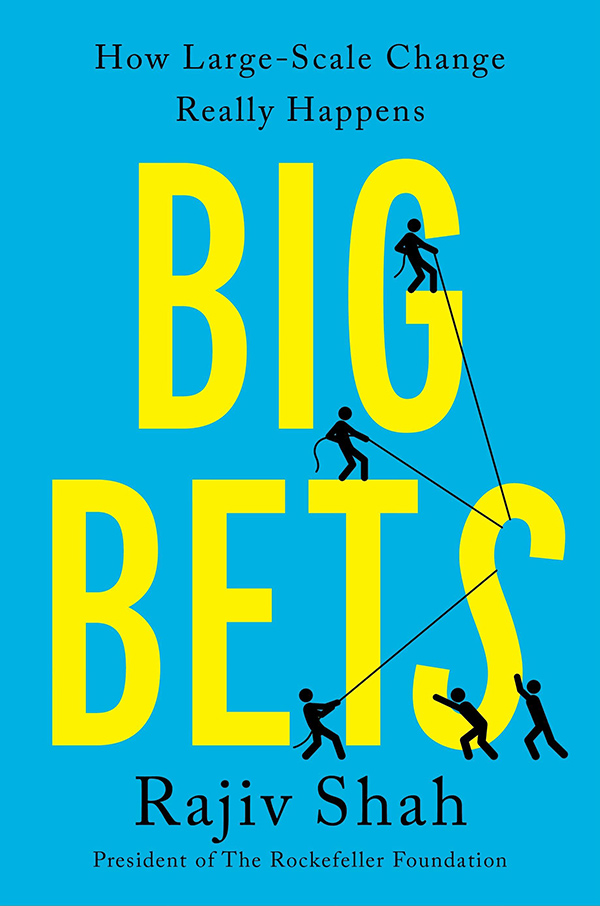Update: Jenkins stepped down from her Duke post in July 2012.
Kimberly Jenkins’ career includes launching a successful educational division for Microsoft, leading the marketing department for Steve Jobs at NeXT, and advising companies such as Sun, Oracle and Cisco.
 Jenkins, who earned a bachelor of science degree and a Ph.D. at Duke, went on to become president of the Internet Policy Institute and was the founder, chair and president of Highway 1, a corporation dedicated to educating the U.S. government and the public about the emergence of the Internet and digital technologies.
Jenkins, who earned a bachelor of science degree and a Ph.D. at Duke, went on to become president of the Internet Policy Institute and was the founder, chair and president of Highway 1, a corporation dedicated to educating the U.S. government and the public about the emergence of the Internet and digital technologies.
Now Jenkins is drawing on her work with early-stage startup companies to promote innovation and entrepreneurship at Duke and in North Carolina.
Jenkins has served as a part-time faculty member and mentor to students in the Master of Engineering Management Program at Duke’s Pratt School of Engineering, where her special interest has been encouraging women and minorities to consider entrepreneurial careers. She is a former member of the Duke board of trustees.
Jenkins spoke to Faith & Leadership about how leaders can encourage and promote entrepreneurship within institutions. The following is an edited transcript.
Q: What’s your definition of entrepreneurship?
This is a very common question, even for people who are entrepreneurs or would be in the more classically defined field of innovation. We always debate, “What does innovation mean, and how is that different from entrepreneurship?”
I try and simplify this, so I say that innovation is the very robust process of being creative. It’s doing a lot of the novel research. It’s taking a look at problems and trying to come up with ideas that would solve those problems. It is the process of creating novel ideas.
Entrepreneurship is the actual application. It’s the creation of a venture. It can be a company -- which most people think of -- however, it can also be a social venture. It takes that idea and puts it into action.
Q: You’ve said that universities are engines of innovation. In what ways are institutions -- universities specifically, but institutions more generally -- equipped to promote entrepreneurship?
Entrepreneurship is a system issue, a cultural issue. It is not a switch you can flip, and, by the way, it is not that some people have this trait and others don’t. The big debate in the world of entrepreneurship is, “Can it be taught?” And my answer to that is yes.
There’s a science to this, and we do teach it, and the way to inspire it within any organization is, first of all, leadership needs to declare it a priority.
Many CEOs of companies have said this is their lifeblood. If they don’t stay innovative, they won’t be around in another decade. University presidents are saying it.
I was on a panel where we talked about this with art museum directors. They are saying, “How can we be relevant today? How can we attract new audiences? How can we engage those audiences in what we have to offer?” Art museums are increasingly aging out, if you will.
So there are all kinds of organizations asking themselves, “How can we be innovative?”
What leadership can bring to it is collaboration across an organization, and that is what makes an ecosystem thrive.
People can be creative in their own corner, but it really is an interdisciplinary endeavor. By declaring it a priority, a leader can bring people together and fuel that ecosystem, and then -- and only then, really -- can you be an engine for innovation.
Otherwise, you’re a little initiative here and there. Part of being an effective engine is getting buy-in from a lot of different constituents. The more diverse that group is, the more perspectives they bring to the ecosystem, the more solid it is.
That is one of the key issues, and that brings me to the topic of relevance.
Gururaj “Desh” Deshpande, President Obama’s co-chairman of the National Advisory Council on Innovation and has said that “innovation plus relevance equals impact.”
The operative word there is “relevance.” And that means you have to be addressing the needs of the people you’re serving. You have to have something that is relevant to them, and this a piece that we often skip over in university settings.
While we are doing a lot of research, we often have solutions in search of a problem. We think this is a cool thing to study, so we go out and study it, but does anybody really care? Does anybody need it? Really effective entrepreneurs first understand who their audience is or who their customer is. What needs do they have? What are their most pressing needs, and if you’re doing a for-profit, what needs are they willing to pay to have solved? If they’re a nonprofit, what needs can be solved that will have real impact?
We’re not in short supply of ideas. What we have to do is make sure those ideas are really well thought out and that they solve a need.
Q: You used the word “ecosystem.” It’s an interesting metaphor, and I wonder if you could talk a little bit more about the idea.
I wish I had a snappy, clear answer for you on how to describe an ecosystem. It basically is another word for “culture,” and it’s all the different pieces. In a university, for example, it is all the different schools. It’s all the different audiences. It’s the students. It’s the staff. It’s the faculty. It’s the alumni. It’s the whole community.
Communication is probably the hardest thing. It is a team sport, and we have to help people find one another and collaborate, and in order to do that, they have to communicate. There has to be some way for people to know who else is out there.
Q: You’ve said that storytelling is a key to communicating. Talk about storytelling in the entrepreneurial world -- because it is a very powerful idea in church circles, too.
That would be a skill that I would put front and center. The stories are what people hear best and remember longest. I’m working to stop talking about the programs we offer and start sharing the stories of entrepreneurs that have come out of Duke or any organization. That’s what inspires.
The way to get most people engaged is with the stories of entrepreneurs.
How they did it, including, for a lot of people, what mistakes did they make? How did they fail? How did they recover? How did they start with an idea and then -- as it is called in the field -- “pivot”? That’s when entrepreneurs find that there isn’t a market for what they’re trying to do and they turn in a new direction that does meet a need and does have a customer base.
These are all things that help others when people share their stories.
Q: You’ve had a lot of crossover in your career between the commercial ventures, social ventures and education. What lessons did you learn from crossing these boundaries?
That there are a lot more similarities than differences between all these organizations and that we can learn from one another.
I’ll give you a specific example. One of the nonprofits I started was in Washington, D.C., and it was helping members of the Clinton administration build up their information technology programs. I brought in some of the very best leaders from Microsoft and Cisco.
We had Marc Adreessen, who co-founded Netscape, come in and talk to these people. We had the chief technology officer of Microsoft come in, and they asked very fundamental questions.
These people from these different types of organizations have valid stories and experiences that they are willing to share. In addition to storytelling, I would emphasize sharing lessons learned.
When I met with the American Association of Art Museum Directors, they were saying that what they’re hungry for are how-to’s. I had people from foundations, universities and corporations on that panel talking to art museum directors. What we all need to do is share our lessons learned and stories.
One of the key similarities is talent. Any of these organizations have to recruit the very best talent that they can. I’ve also mentioned another one, which is leadership. The leadership needs to say this is a priority and resource it enough that people can get something done.
And the last thing I would say, as a general principle, is that we can study this stuff to death. A lot of the best entrepreneurs take action. They get out and do it. I’m not saying [take action] without market analysis and understanding your customers and all of that, but a trait of a lot of entrepreneurs is they take action.
Corporations tend to do this really well. Startups are incredible, because they don’t have a bureaucracy or even a history and traditions that get in their way. They are starting with a clean slate, and they build.
They are the most nimble, but any organization can be innovative and entrepreneurial if they focus on it.
By the way, I would not overemphasize a business plan. Again, taking action doesn’t mean you spend a year to write a business plan. You need to have a plan, but you don’t overdo it.
You have to have a road map, but maybe that’s the better word -- road map. Increasingly, people in this field are looking for somebody that has a two- or three-page road map, not a 10-page financial analysis.
Q: There’s a popular notion that the entrepreneur/innovator is the brilliant individual, and yet, as I hear you talk about entrepreneurship in an institutional context, I’ve heard you talk about it as a team sport, about creating an ecosystem, about community. What’s the importance of being imbedded in that kind of network?
The “brilliant individual” stereotype is not accurate. The very best innovation happens when people with different skills sets, different perspectives, different ideas, different connections come to the table with a perspective that might be different from the person sitting next to them.
That only makes the innovation better. There are, by the way, whole companies formed around this process. One that you might want to look at is called IDEO.
They pioneered the concept that when you bring together an engineer with an art historian and a biologist and a divinity person, then you get the best ideas. You kind of have to let go of the frameworks that we all carry around in our head.
This is how I do it, and when you get people together and you brainstorm, and you say, “Well, I happen to know people and they have this need,” and the other person at the table says, “Yes, I know some, too, and they have that need” -- before you know it, you’re coming up with a much more creative understanding of who your customers are, what their needs are, what possible solutions might be. And universities do this well.
I think Duke does it especially well, because they have put an emphasis on interdisciplinarity, and I can tell you that one of our biggest successes has been coming out of a solution created in the intersection between genomics and engineering.
Researchers are working to develop an easy way to do very early detection of certain infectious diseases, like the flu. They can do that by identifying biomarkers in the blood of people who have been exposed to a virus but have not begun exhibiting symptoms yet. The research is funded by Defense Advanced Research Projects Agency (DARPA) and the goal is a device simple enough to be used on the battlefield.
And the people who did this said it probably wouldn’t have come together the way it did were they not located in the same building at Duke. They bumped into each other in the cafe there or the hallways, and they said, “I’m working on this,” and somebody would say, “Well, I have an idea about that.” And the next thing you know, a very interdisciplinary team came up with the right solution.
It’s the hallways. It’s the staircases. It’s the cafes. At Duke I wasn’t given a lot of space, but they’ve renovated the first floor, and I have a little corner, and I’ve called that the “innovation hub.”
I’m not starting with any big palace or anything. I’m taking a little suite of offices and I’m calling it an innovation hub. I’m leveraging the lobby area, and I’m putting out the welcome mat.
It’s low-cost. It does not need to be fancy, but here’s a space to occasionally have a speaker or a seminar or, better yet, have an entrepreneur stand up and tell his or her story. And the next thing you know, people are starting to network.











